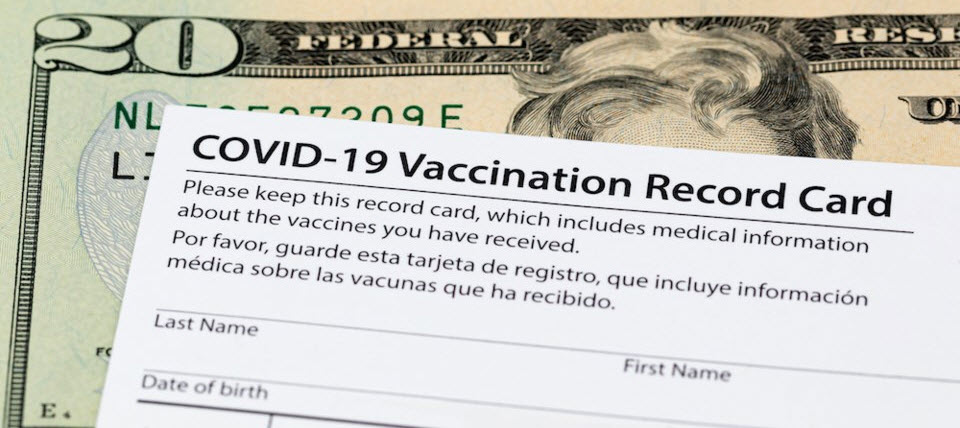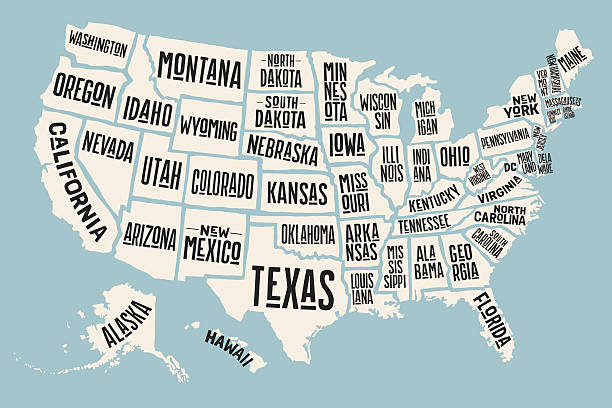More employers are considering imposing a premium surcharge on employees participating in the company's health plan who are not vaccinated for COVID-19.
Whether set as rewards or penalties, wellness program incentives have become popular for encouraging behaviors believed to be healthy and reducing health plan costs. For many years, tobacco users have faced health plan premium surcharges if they failed to cease using tobacco products (or also failed to comply with reasonable alternatives, such as taking a smoking cessation program).
More COVID-19 “unvaccinated” employees may face similar surcharges if they choose to remain unvaccinated for COVID. They may face $20 to $200 surcharges on their monthly cost for their health insurance.
Many Compliance issues are triggered by Health Plan “surcharges”
It is clear from the FAQ’s that any incentive or surcharge must be considered when calculating ACA Affordability. Applicable Large Employers (ALE’s) must disregard any premium discount amounts and include any vaccine surcharge amounts in the total cost of employee-only coverage.
Guidance has been provided
The Department of Labor (DOL), Health and Human Services (HHS), and the Treasury issued FAQ guidance (the “FAQ”) to confirm that employers can incentivize employees by offering discounts on monthly insurance premiums for those who have been vaccinated for COVID-19 or impose insurance “surcharges” for those who choose not to be vaccinated (for reasons other than due to a medical condition.) Note that the FAQ does not require an accommodation for religious or other non-medical reasons.
The premium discount/surcharge amount must be included in affordability calculations under the Affordable Care Act. FAQ Q/A-5 confirms that wellness incentives for COVID-19 vaccinations are considered the same as any other non-tobacco incentive. To determine whether the employee’s monthly premium cost is “affordable” under Code Section 4980H(b), employers with over 50 full-time employees or full-time equivalents must disregard any premium discount amounts and include any vaccine surcharge amounts in the total cost of employee-only coverage.
Bottom Line: If surcharges are implemented, ACA Affordability may be adversely affected and present the employer with many additional penalties when workers, denied an affordable plan go to and receive a subsidy from a marketplace, triggering an Employer Shared Responsibility Payment that was avoided when the plan cost was ‘affordable’. Also, the affordability calculation becomes more complicated, since a surcharge may put a plan that is currently ‘affordable’ under the ACA Federal Poverty Level safe harbor (Code 1A on Line 14) unable to be used. Now instead of a ‘blank’ on line 15 and Line 16, these values will need to be calculated, no simple matter!



